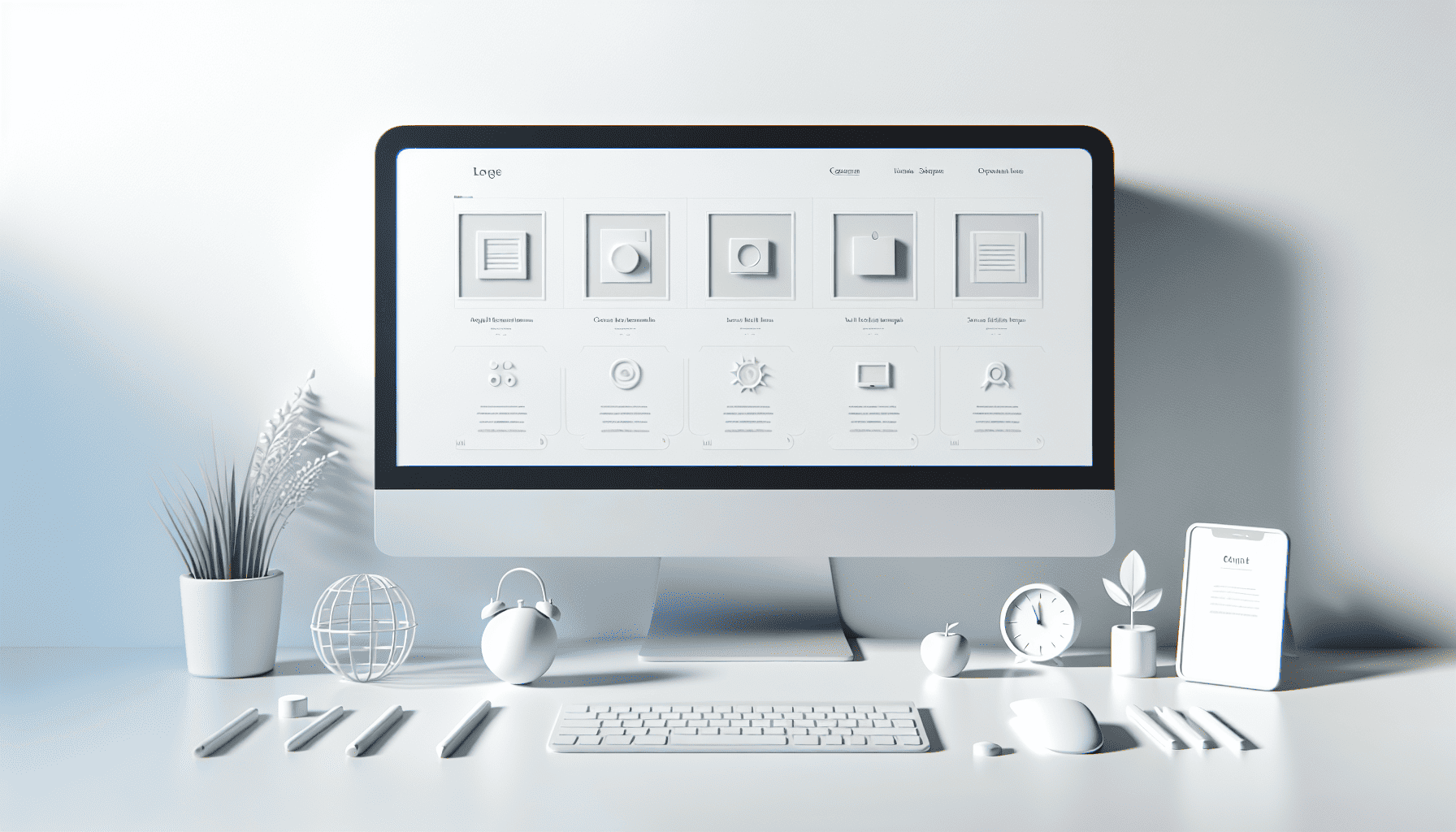In the digital age, where information overload is rampant, minimalism in web design has emerged as a breath of fresh air. By focusing on simplicity and clarity, minimalist web design offers users a sleek and intuitive experience, cutting through the noise to deliver what's truly important: the content.
Minimalism in web design is not merely an aesthetic choice but a philosophy that emphasizes functionality and user experience. It strips away the extraneous, leaving only the core elements that serve a purpose. This reductionist approach is grounded in the principle of 'less is more,' where every design element must justify its existence.
One of the primary benefits of minimalism is enhanced usability. Clean layouts ensure that users are not overwhelmed and can easily navigate through a website. Reducing clutter allows for a more intuitive interface, where users can find information quickly without distraction. This user-centric design is essential in retaining visitors and encouraging them to interact with your site.
Furthermore, minimalist design helps create a strong visual impact. By leveraging ample white space, striking typography, and high-quality imagery, designers can focus attention on the most critical elements. This approach not only improves readability but also elevates the overall aesthetic, creating a sophisticated and professional look.
The simplicity inherent in minimalism also contributes to improved load times. Websites are streamlined, leading to faster performance and enhanced mobile compatibility—a crucial factor as more users access the web via smartphones. Minimalistic designs are typically easier to optimize responsiveness for different devices, ensuring a seamless user experience across platforms.
Another advantage lies in the scalability of minimalist designs. As trends evolve and content needs change, minimalist websites are often easier to update and maintain. The sparse nature of the design offers flexibility in adding or modifying elements without overwhelming the user or disrupting the visual harmony.
To successfully embrace minimalism, it's vital to focus on core elements such as color, typography, and imagery. A restrained color palette can evoke specific emotions and align with brand identity while keeping the visual experience clean and cohesive. Typography, too, plays a significant role in conveying tone and enhancing readability. Choosing a simple, legible font that complements the overall design is crucial.
Images should add value to the content rather than serving as mere decoration. High-resolution images that are relevant to the message can effectively capture attention and convey information concisely. Strategically placed images can guide the user's eye through the page, enhancing the navigation experience.
Adopting minimalism doesn't mean the complete absence of creativity. Instead, it encourages designers to concentrate their creative energies on crafting solutions that prioritize purpose and clarity. The key is to balance functionality with aesthetics, achieving elegance through restraint.
In conclusion, minimalism in web design offers a compelling way to enhance user experience by focusing on simplicity and essential elements. By embracing this philosophy, designers can create visually appealing, efficient, and user-friendly websites. In a digital landscape cluttered with unnecessary noise, the elegance of minimalism stands out, proving that sometimes, less truly is more.
